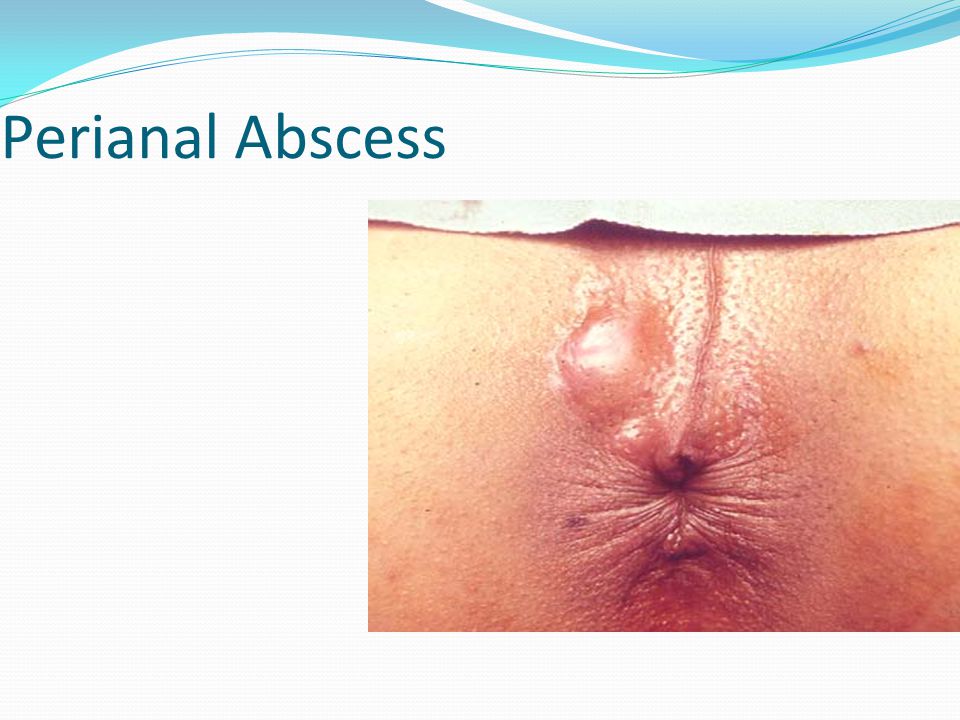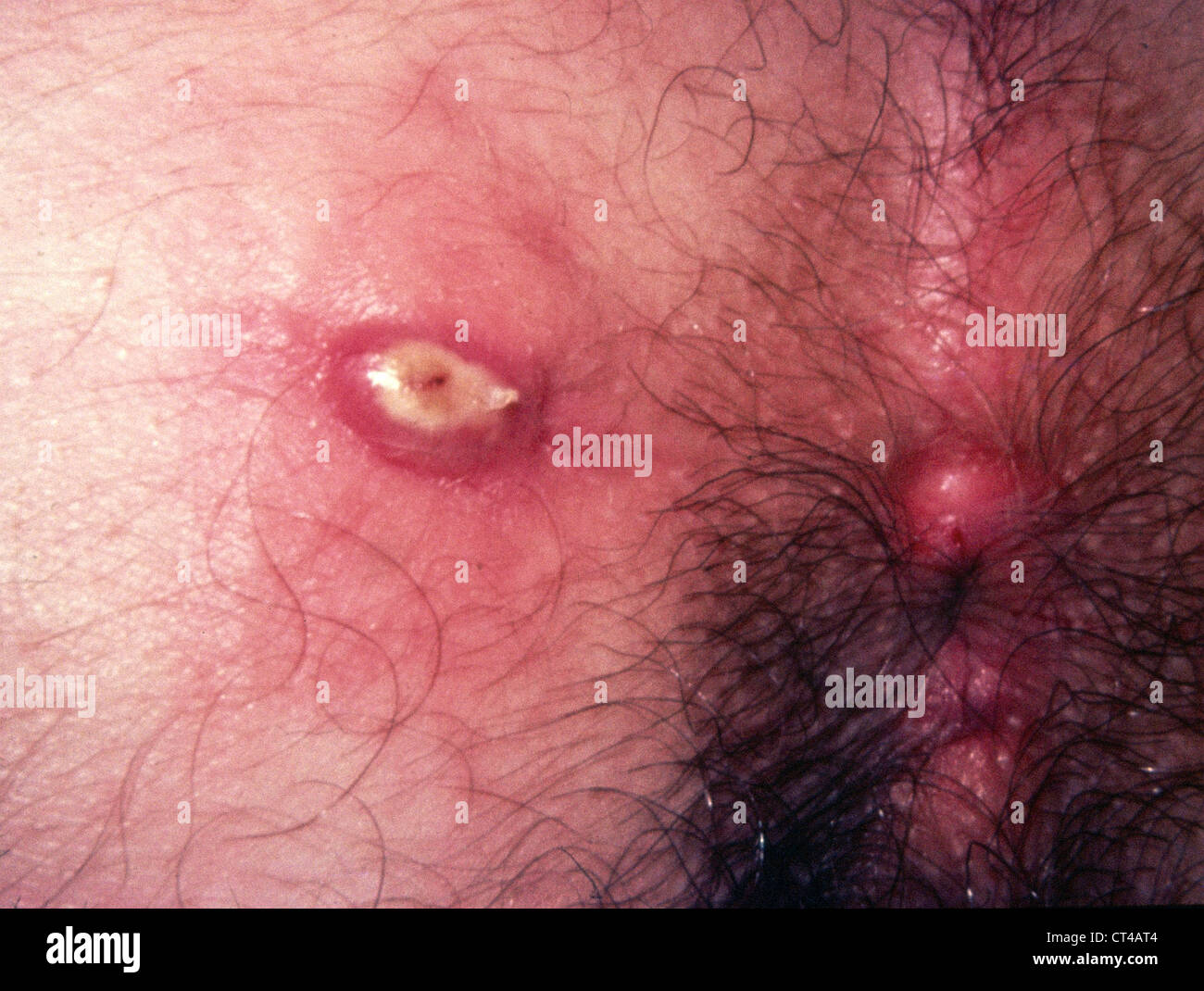
What is a perianal abscess? A perianal abscess is an infection in a mucous-secreting gland in the anal canal around your anus. What is a perianal fistula?
Anal pain: Symptom — Overview covers definition, possible causes of this common symptom.
INTRODUCTION. Perianal and perirectal abscesses are common anorectal problems. The infection originates most often from an obstructed anal crypt gland, with the resultant pus collecting in the subcutaneous tissue, intersphincteric plane, or beyond (ischiorectal space or supralevator space) where various types of anorectal abscesses form.
WHAT IS AN ANAL ABSCESS OR FISTULA? An anal abscess is an infected cavity filled with pus found near the anus or rectum. Ninety percent of abscesses are the result of an acute infection in the internal glands of the anus.
An anal, or rectal, abscess occurs when a cavity in the anus becomes filled with pus. It causes extreme pain, fatigue, rectal discharge, and fever. In some cases, anal abscesses can result in painful anal fistulas. This occurs when the abscess doesn’t heal and breaks open on the surface of the
An abscess is a collection of pus that has built up within the tissue of the body. Signs and symptoms of abscesses include redness, pain, warmth, and swelling. The swelling may feel fluid-filled when pressed.



Natural Remedy for Fistulas and Perianal Abscess. The current medical treatment for perianal abscess (which often results in a fistula) involves oral drug antibiotics and manual drainage of infection from the abscess.


Anorectal abscess (also known as an anal/rectal abscess, or perianal/perirectal abscess) is an abscess adjacent to the anus. It arises from an infection at one of the anal sinuses [clarification needed] which leads to inflammation and abscess formation.

Abscess (Overview) Occurs when one has an infection in a part of their body, and the infection is being surrounded and fought off by white blood cells, causing a lump of purulent whitish thick material (pus) where the infection is.


After a review of anal canal anatomy, the pathogenesis of perianal fistulas and an MR imaging protocol for their evaluation are discussed, with emphasis on their MR imaging features and an MR imaging-based grading system for their classification.